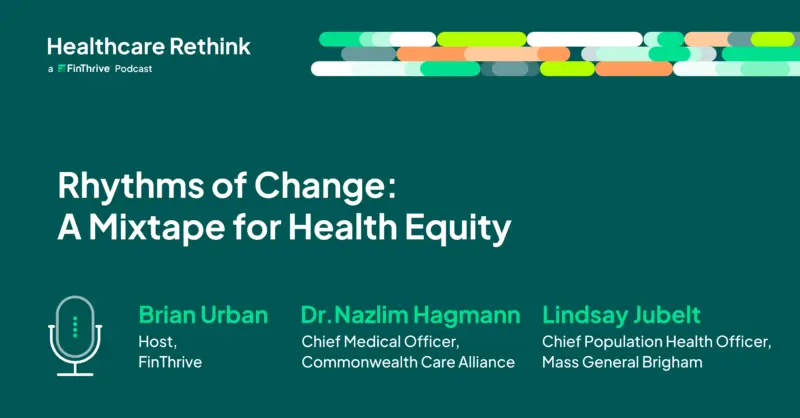How Much do Patient Falls Cost in Your Medical Facility?
Fall prevention is key to patient health and the achievement of better patient outcomes. However, beyond that, fall prevention is critical for avoiding non-reimbursable costs to your facility. Because falls are deemed “preventable” events or “Never Events” by the Centers for Medicare & Medicaid Services (CMS), there is no clear path to reimbursement. Even in the case of falls and trauma classified as hospital-acquired conditions, the CMS classifies them as events for which reimbursement is limited.
The Real Numbers
Each year, 700,000 to 1,000,000 patients fall in U.S. hospitals. Of those patients who fall, 30%-35% will sustain an injury, and each injury, on average, adds more than six days to a patient’s hospital stay.
That adds up to an average cost of a fall with injury to more than $14,000 per patient. In 2013 alone, falls among older adults cost the U.S. healthcare system a total of $34 billion.
In addition to the financial cost, falls cost patients more significantly. In the most severe cases, falls can lead to fractures, dislocations, and intracranial injuries, which can have serious consequences, including death. However, even “no-injury” falls can take a toll, often leaving patients feeling isolated or experiencing anxiety, depression, and more.
Simply put, falls are a disruptive force that can tremendously strain facility staff and budgets and negatively impact patient outcomes.
How Do Falls Happen?
There are many reasons that patients are likely to fall in a hospital or healthcare setting—a fall may occur due to:
- Environmental factors such as being in an unfamiliar setting, which can lead to confusion or tripping over obstacles
- Illness, surgical procedures, side effects of medications, or prolonged periods spent in bed can leave patients weaker than normal
- Placement of medical equipment, particularly those with lines that may be attached to the patient, which can lead to tangling
- A patient’s age or medical condition
Falls are not typically the result of one failure or elevated risk factor. Instead, they’re often the result of a lack of a holistic and comprehensive plan to prevent falls, and the consequences can be severe in terms of financial impact and worsened patient outcomes.
In short, a healthcare facility or hospital cannot afford to disregard a dedicated and clear fall-prevention plan.
An Effective Fall Management Program
There are many precautions that can aid your facility in preventing patient falls, but each facility needs a comprehensive yet flexible program designed to meet individual patient needs.
- Pay thorough attention to staffing and efficient processes that allow nurses and other caregivers adequate time to correctly and safely care for and respond to individual patients.
- Develop a plan to identify high-risk patients and inform your facility’s staff about the best, most cooperative approach to preventing falls.
- Schedule safety rounds, develop standards for assessing risk factors, analyze falls after they occur, and incorporate fall prevention into a patient’s overall recovery or treatment plan.
- Follow up. Fall Huddles are becoming a popular practice for addressing fall management. Huddles include an interdisciplinary team of key care staff and happen within one hour of the fall to review the incident, examine the root cause, and determine actions to prevent future falls.
Preventing falls is always the goal but eliminating falls is unlikely. Facilities must work to mitigate overall fall risk while creating an environment that protects patients from potential fall-related injuries. Most importantly, facilities must develop a fall management program that is customized to meet their facility’s unique needs.
AliMed Can Help
There are many products and services available to help facilities manage a comprehensive fall program—from complex monthly monitoring services to simple bedside patient alarms that alert staff when a fall occurs, and everything in between. Facilities need to determine which type of fall monitoring system is right for their facility, the needs of their patients, and their budget.
AliMed offers a full line of fall alarms and accessories, including the innovative AliMed ONE® Wireless Fall Monitoring System. This system operates from a single central Alarm Base using EZPair™ technology to connect with up to six compatible wireless monitoring devices, including bed and chair sensor pads, a motion sensor, and a Hall Alert, which features audible and visual hallway prompts for quicker staff responsiveness. The Alarm Base can also be reset directly from hall, helping to reduce in-room noise and patient stress.
Other fall management products such as Fall-Risk Identifiers, Fall Mats, Wandering Deterrents, and Cord Management devices can also play an important role in a successful fall management program designed to reduce the incidence of falls, achieve better patient outcomes—and help save your facility from the true cost of patient falls.








